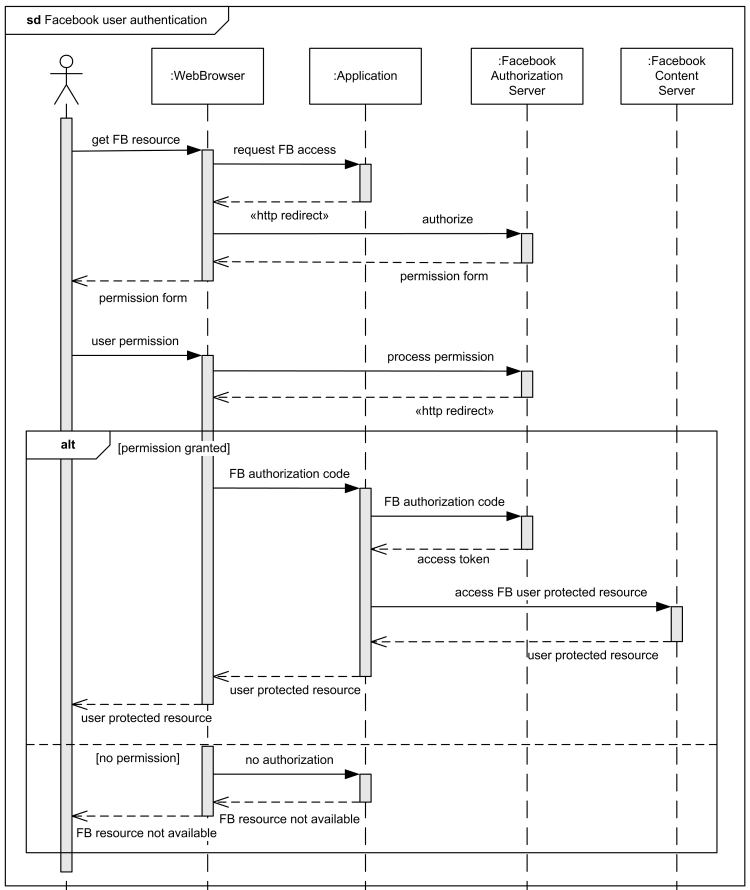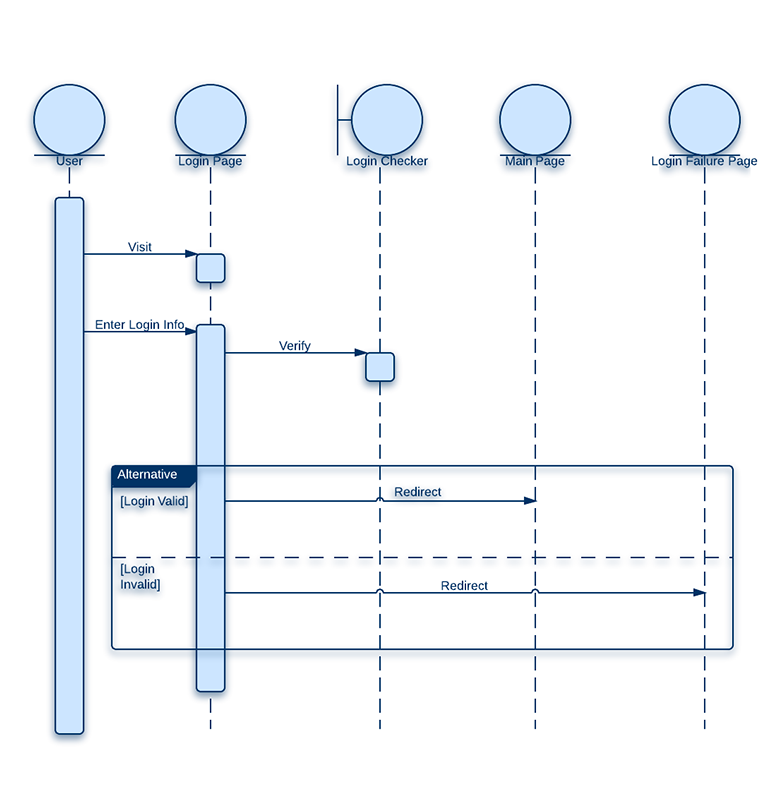
- #DRAW SYSTEM SEQUENCE DIAGRAM ONLINE FULL#
- #DRAW SYSTEM SEQUENCE DIAGRAM ONLINE CODE#
The View layer of the fetch value from the object is returned by the business layer and it is displayed to the end user. The Business layer does the process of row data returned from the datalayer and returns the customer object back to the view layer. Now the database layer returns this data back to the business layer customer class. The Database layer of application receives call to the method call and in turns it make call to database and retrieve data. But before making the call it creates an instance of the datalayer Customer class. The Business layer of the application receives the call to the method called GetCustomer so to fill the customer details it gives a call to the datalayer. The View layer of application, in other words the Font asks for getting the customer data from the business layer by calling the Getcustomer method that is a static method of the business class so there is no call to create an object of the business layer class. The following procedure is done to get data from the database layer displayed by the sequence diagram above. #DRAW SYSTEM SEQUENCE DIAGRAM ONLINE CODE#
If you see the code above in the images or recall the preceding image code, it is divided into three layers and three classes involved that are respectively part of each layer. The sequence diagram above shows the call made to GetCustomer detail to display on the front end, in other words to the user of the application. Now after clickiing on the dialog, generate a sequence diagram as shown in the above. Exclude calls to: exclude call made to the property, the system namespace or any other namespaces.
#DRAW SYSTEM SEQUENCE DIAGRAM ONLINE FULL#
Include calls in: as the options says include class and methods of project only or full solution or full solution and external references. Maximum call depth: How much depth you want to go, in other words if there is more than one class involved in the call and how deep you want to go. The following are some important parameters of it. Once clicked on the menu the above dialog is displayed that asks the use to provide input for generating a sequence diagram. To generate a sequence diagram just right-click on the method of the code and in the context menu there is an option "Generate Sequence diagram" as you see in the image. So to do this Visual Studio provides features to generate a Sequence Diagram that answers the preceding questions. What methods of the classes are involved. How the code flows from one layer to another layer. The flow of the code needs to be covered by the following things: Now after doing all this for the new developer in a team or to my manager I want to show the flow of code that goes from the front end of the application and the data is obtained in and out of the database or datastructure. 
This layer of code communicates with the DataBase or DataStructure where the data is stored and brings that data out of it. This layer does all the complex activity and communicates with the datalyer. This layer of the code provides the business logic for the front end of the application. This layer of the code is the View part that is to be displayed to the end user of the application, in other words the front end of the application.

Read more on this : Sequence diagram Now in the following way I designed my code and than I will show the sequence of this code. Sequence diagrams are typically associated with use case realizations in the Logical View of the system under development. It depicts the objects and classes involved in the scenario and the sequence of messages exchanged between the objects needed to carry out the functionality of the scenario. A sequence diagram shows object interactions arranged in time sequence. It is a construct of a Message Sequence Chart. (The following description is from Wikipedia.)Ī sequence diagram is a kind of interaction diagram that shows how processes operate with one another and in what order. The following article is about a feature provided by Microsoft Visual Studio to generate a sequence diagram from existing code.īefore getting into the details of how Visual Studio generates the sequence diagram, the following describes what a sequence diagram is.






 0 kommentar(er)
0 kommentar(er)
